
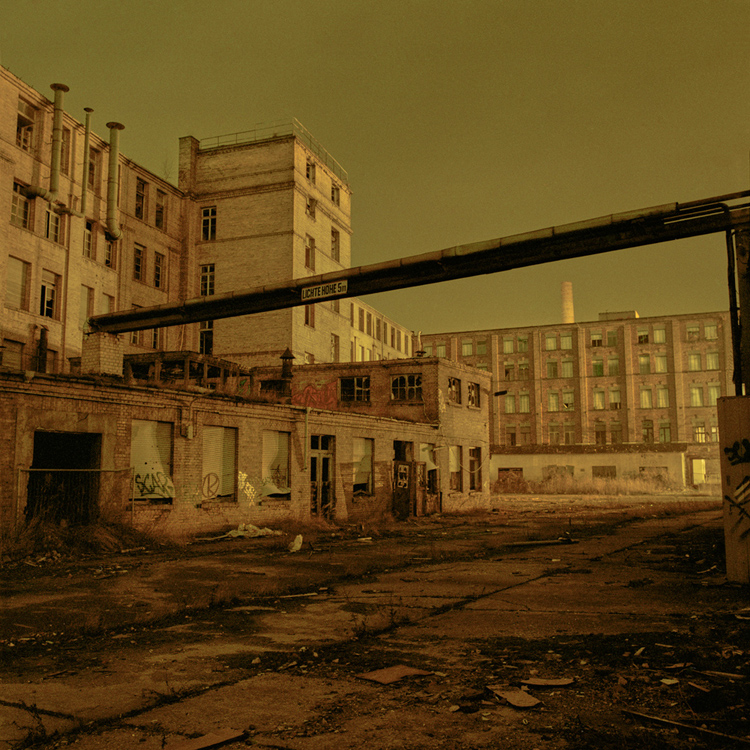



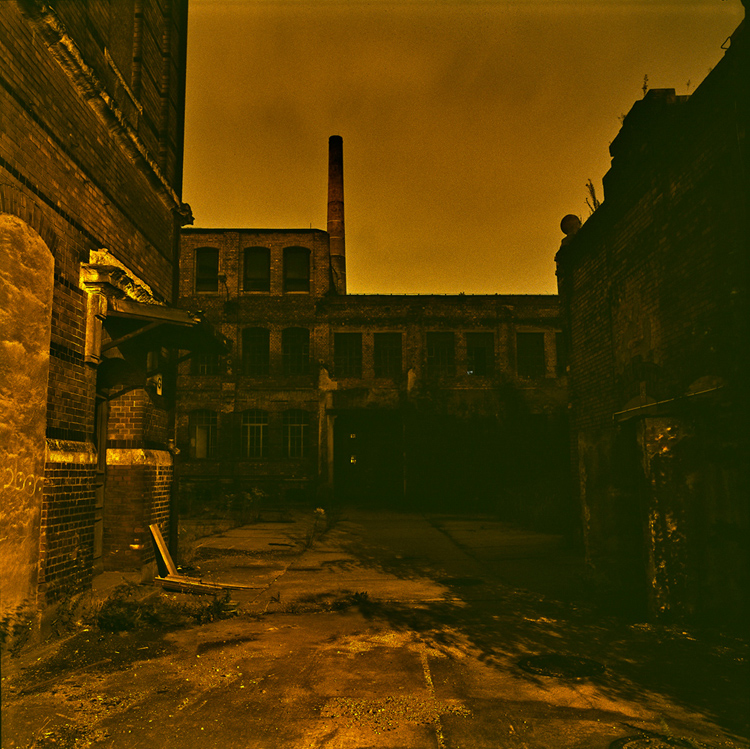
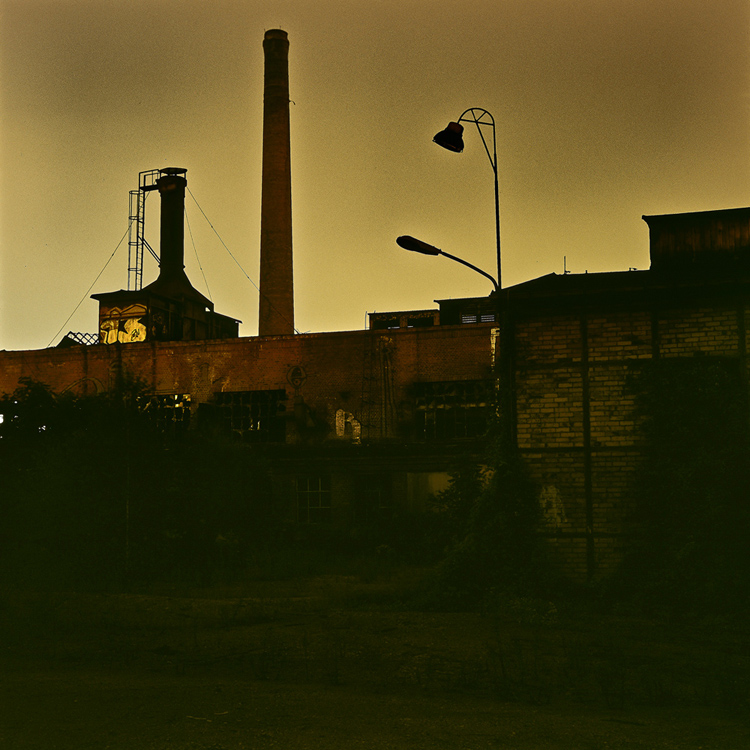

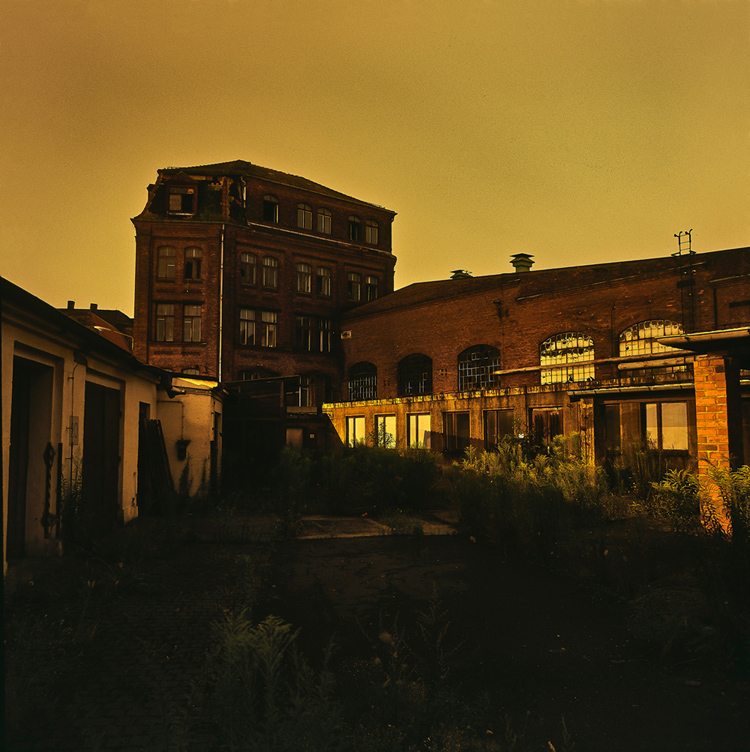



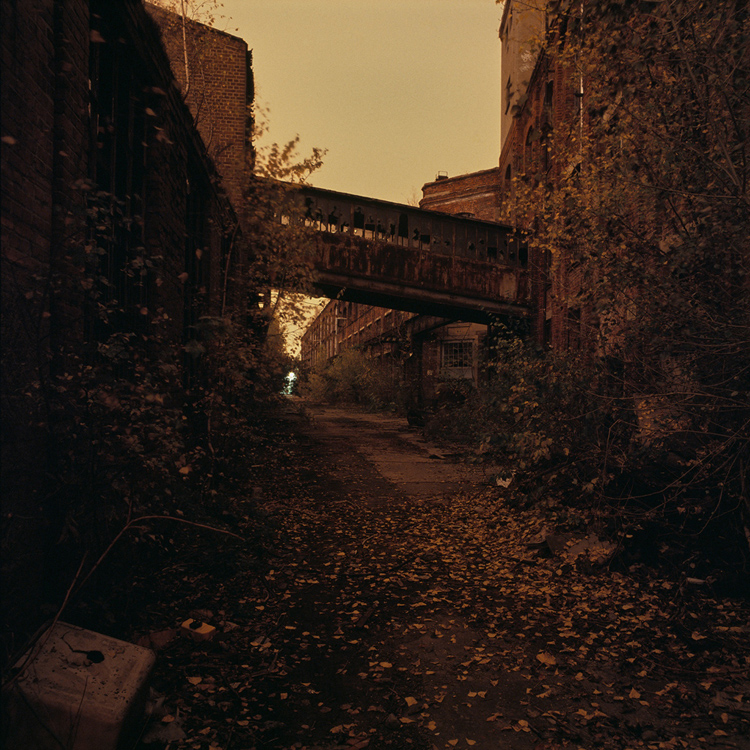

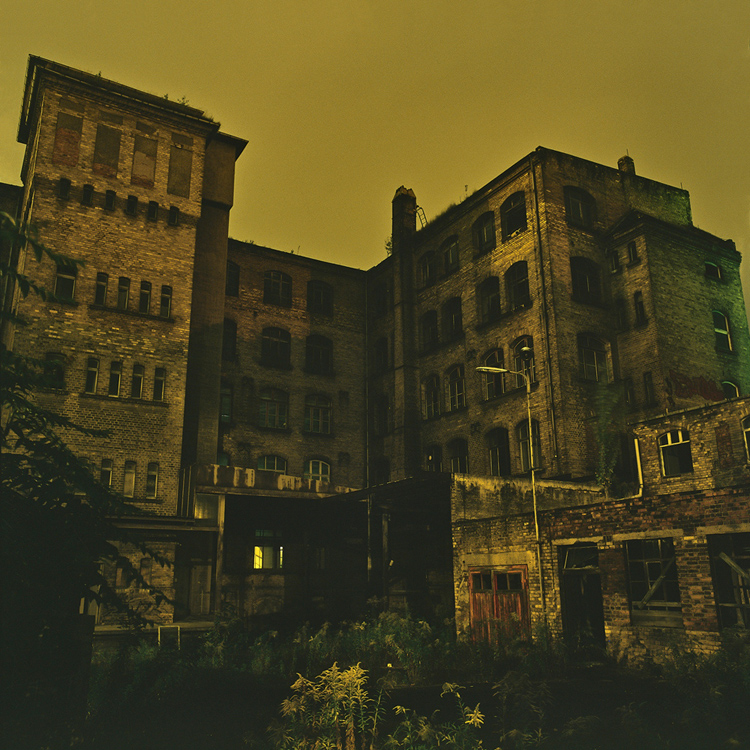

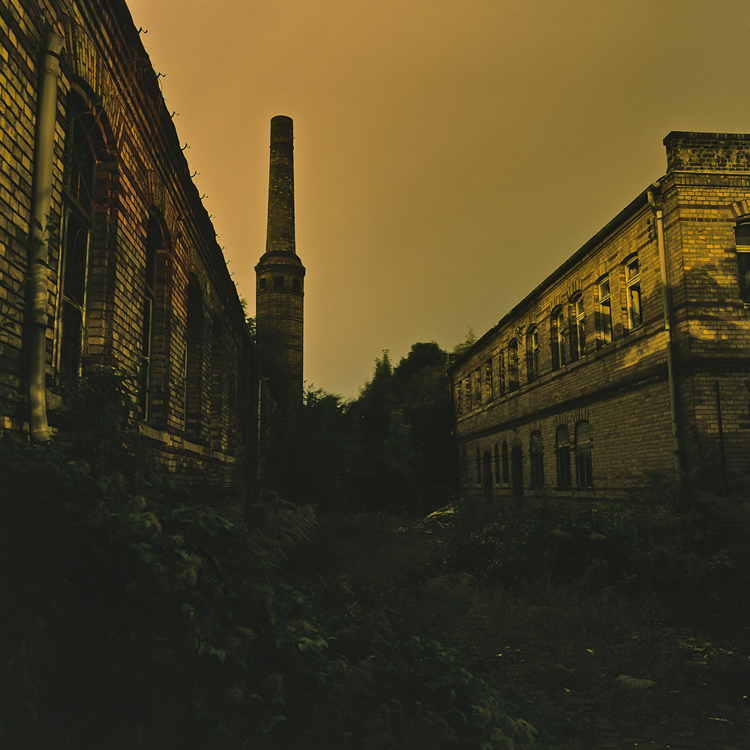
Silent Bricks (2001-2004)
Today, Leipzig is mostly associated with success stories. The city is growing; has exceeded the number of 600,000 inhabitants for the first time since the Second World War; Renovated Gründerzeit quarters mixed with modern architecture characterize its cityscape; Leipzig’s economy shows well-known new settlements of important companies; Art and culture from Leipzig have always been internationally known.
At the same time, the recent history of the city is not without breaks, especially the recent economic and industrial history. Leipzig has been a center of industrialization since the 19th century. Especially in the former surrounding communities of Plagwitz, Lindenau and Leutzsch, numerous entrepreneurs founded large industrial companies. Leipzig developed rapidly and was one of the largest economic centers in Germany before the Second World War. It was not only the most important location for book printing and publishing, but also important in mechanical, plant and instrument engineering as well as in the textile and chemical industries. Leipzig was the undisputed leader of the German commission book trade and was the most important trade fair location.
This initially remained the case in the post-war period. Although significantly smaller and limited due to the political situation, the city asserted itself as an important industrial location in the former GDR, with the companies being continued as so-called state-owned companies (VEB).
However, this era ended in 1990. After the reunification of Germany, most of the industry experienced an unprecedented decline. Many companies were no longer competitive due to technological deficits, mismanagement and suddenly lost sales markets and thus were closed. The number of people employed in the manufacturing sector fell rapidly to a fraction of the original level. Unlike today, numerous dilapidated industrial areas have defined the cityscape for years.
This project tries to approach the end of this epoch photographically. The focus should be on perspectives that not only show the decay, but also provide access to the powerful presence and aesthetics of historical industrial architecture.
On show are nightshots from the years 2001 – 2004. There are often dark scenes that can be depressing and disturbing at first glance. On the other hand, the mixture of darkness and twilight creates impressions that are able to obscure the true state of the buildings and emphasize the imposing nature of the historical buildings. Many of the objects shown no longer exist today. Some of them were demolished, some were renovated to enable new forms of subsequent use.